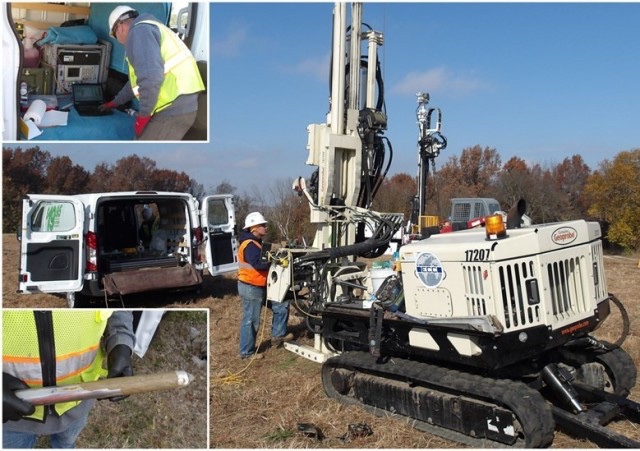
INDEPENDENCE, Mo. — Some of the statistics at the Lake City Army Ammunition Plant are attention-grabbers and provide context for the ongoing work and challenges at the small-caliber ammunition production facility.
For starters, the plant annually produces more than 1 billion rounds of ammunition per year on its 3,935 acres in Independence, Missouri.
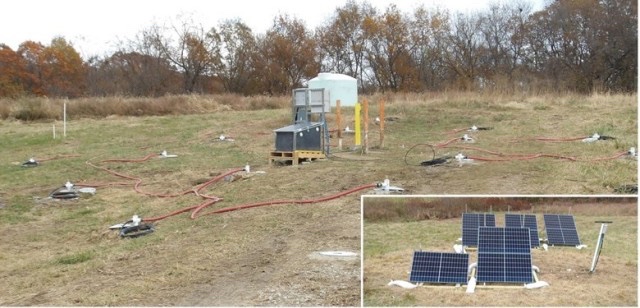
The installation was established in 1941, and the environmental impacts of that production — particularly in the early years at the facility — generated large quantities of potentially hazardous wastes, including oils/greases, solvents, explosives and metals — some of which were released into the environment.
In 1980, LCAAP instituted an environmental restoration program, and in 1987 the cleanup at LCAAP was added to the U.S. Environmental Protection Agency’s National Priorities List. This cleanup is divided in 36 discrete areas of concern and four operable units to allow for the comprehensive planning, remediation and measurement needed for a project of this scope and scale.
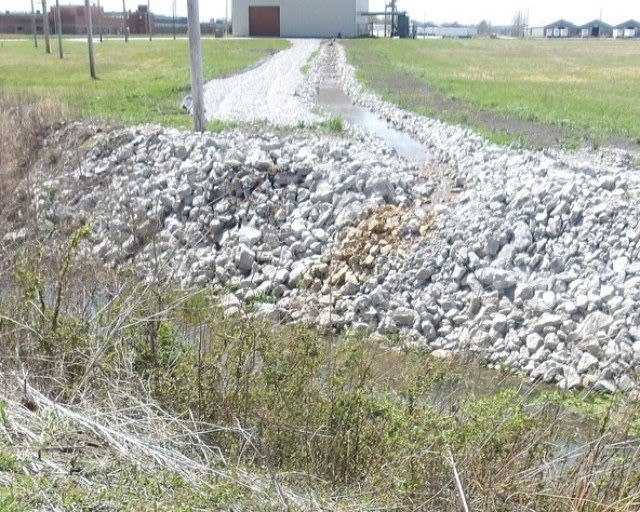
“The environmental restoration program is important at LCAAP. The health and safety of personnel at the installation and in the surrounding community is significant,” said Lt. Col. Christopher Denton, LCAAP commander. “Our teams are continuing a robust monitoring program to ensure that our staff and the local community are not impacted by legacy contaminants. That includes monitoring from things like vapor intrusion, as well as surface water and sentry boundary groundwater monitoring across the entire installation.”
Denton said that as a mature site with continuing remediation needs, the LCAAP team is working to continually improve and upgrade the use of cutting-edge technology to produce high-resolution site assessment, aggressive monitoring, and treatment of non-aqueous phase liquids — known as NAPL, while maintaining a strong community involvement program. This includes the establishment in 1997 of a Restoration Advisory Board, with both regular meetings and information sharing, as well as an extensive archive of data at the local public library.

Part of successfully managing a remediation site of this complexity is understanding the need for developing new solutions to existing issues.
For example, the cleanup of waste pits that contain an estimated 2 million pounds of petroleum hydrocarbons and chlorinated solvents and extensive NAPL contamination. The LCAAP team had been using limited zero valent iron and established barriers to prevent movement of the contaminants and used hydraulic fracturing techniques. However, the restoration timeline estimated for the site remained at hundreds of years using these methods.
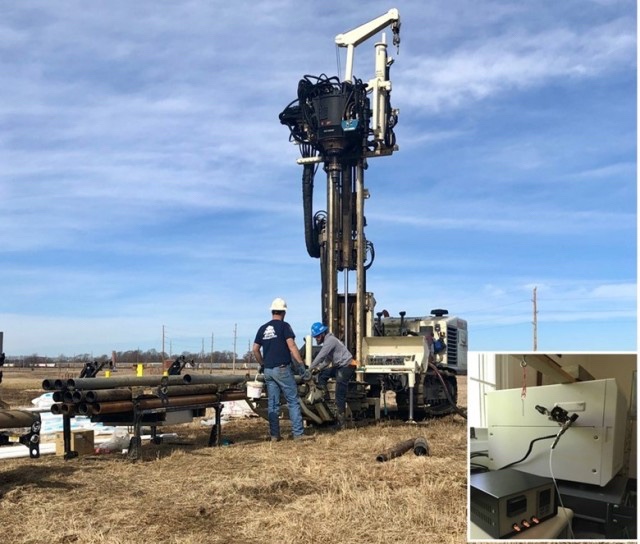
The team, in collaboration with Army contractor Environmental Chemical Corporation, is now at work using an in situ thermal remediation system that has allowed for treatment of 28,000 bank cubic yards of the waste pits contaminated with NAPL. The process uses thermal gas conduction and high-resolution site assessment as well as dye-enhanced laser induced fluorescence.
“The DyeLIF system provided real-time NAPL results, allowing for a real-time, dynamic and adaptive strategy to deal with a complex problem,” said Sara Clark, environmental coordinator at the Joint Munitions Command. “This high-resolution site assessment has been used to generate more than 100,000 readings to create a precise 3D model of the NAPL contaminants within these pits.”
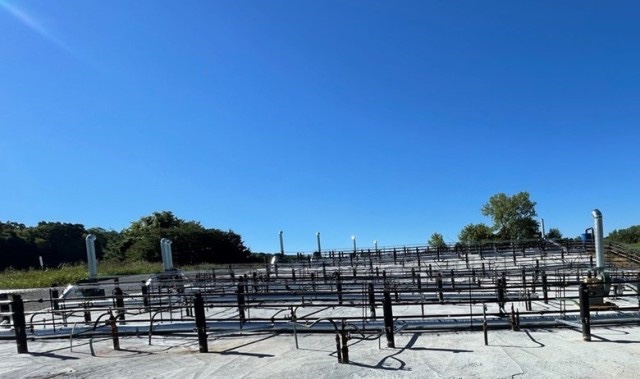
Another example is the use of the in situ thermal remediation system to heat soil, groundwater and NAPL contaminants within the waste pits to the boiling point of water for effective extraction and treatment, which dramatically improved restoration timelines.
The team is employing similar methods on other sites at LCAAP and working to build actionable models for use at other sites with legacy contaminants. These efforts have gained LCAAP’s team Secretary of the Army recognition for innovative planning and implementation of remediation efforts. The team has been selected to represent the Army in the Department of Defense Environmental Awards competition in recognition of this work.
By Thomas Milligan, USAEC

